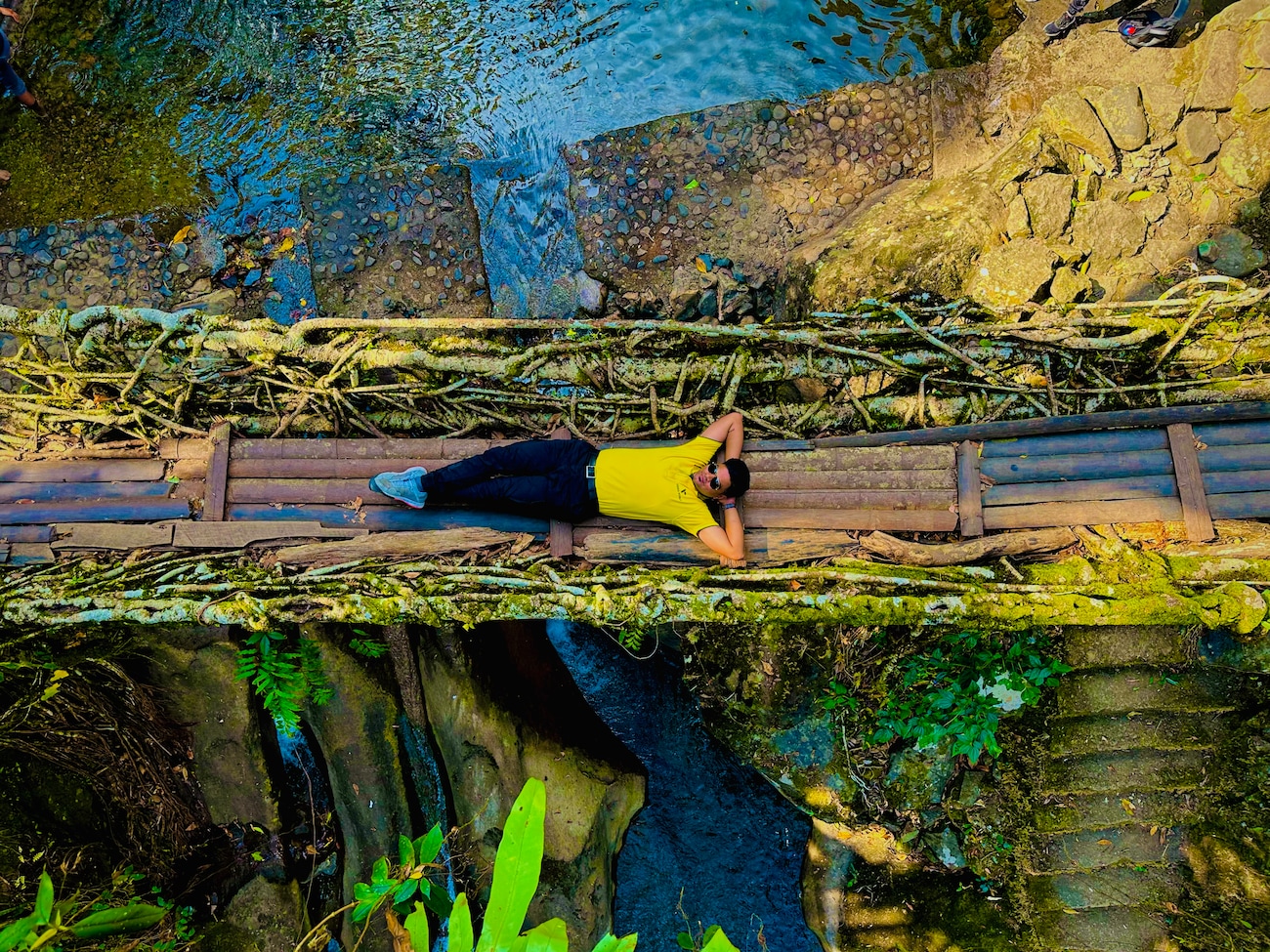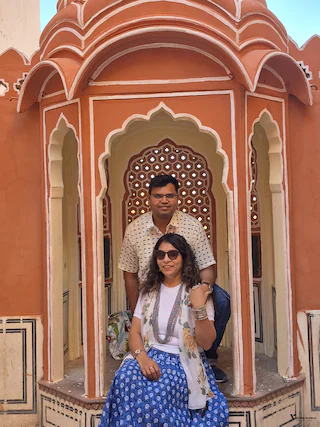Today, I want us to travel high in the mist-shrouded hills of northeastern India, where lies a natural wonder that defies the conventional understanding of bridges. A natural wonder that according to many Veena World tour managers stands as a testament to the ingenuity and harmony between humans and nature. I am talking about the organic structures, known as living root bridges, which are found in the state of Meghalaya.
Nestled within the Khasi and Jaintia hills, Meghalaya is abundantly blessed with rain and the perfect conditions for lush, dense forests to flourish. Here, amidst landscapes that resemble a scene from a fantasy novel, the living root bridges have thrived for centuries, serving as the lifeline for local communities in the monsoon-drenched terrain.
The region's ample rainfall, known to be the highest in India, and the rich, fertile soil have nurtured an ideal environment for the Ficus Elastica trees from which these unique bridges grow. Yet, it is not just the climatic bounty that has fostered this botanical feat; it is also the traditional expertise of the Khasi and Jaintia peoples, whose culture and history are intertwined with these living structures.
The genesis of the living root bridges can be traced back centuries, rooted in the legacy of local indigenous communities. For the Khasi and Jaintia tribes, these bridges were both a necessity and a manifestation of their harmonious relationship with the forest. The tale of their inception is one of ancestral wisdom passed down through generations, where they learned to guide the trees' aerial roots across riverbanks and chasms, patiently intertwining and coaxing the growth over time.
The bridges were engineered not by mortal hands, but by the patient and precise encouragement of nature's most essential survival mechanisms—root growth and regenerative life cycles. The Khasi and Jaintia people identified the most appropriate locations, often in parts of the hills that were hardest to reach, where the presence of sturdy, strategically-placed boulders and other trees could anchor the beginnings of these vital lifelines.
So let’s now talk about how these bridges actually get built. The Ficus Elastica, or rubber tree, is the humble building block of these living bridges. When the time is right, usually during the monsoon rains, the Khasi and Jaintia people begin their work of gently weaving, interlocking, and encouraging the roots to meet and form a lattice. The process is painstaking, yet the natural bridge slowly reveals itself, a combination of living fiber and earth. It takes patience, often over a decade, before the bridge is capable of bearing the weight of humans without losing its live-grown flexibility.
As years pass and roots knit together, the communities maintain these bridges, weaving them stronger with every season. The pathway they create provides a unique connection between the villages and settlements that dot the Meghalayan landscape, often serving as the only means of crossing the rain-swollen rivers.
The construction of these living root bridges is an exemplary display of bio-engineering, one where every design specification is met with botanical brilliance. The technique called ‘taming the root’ is utilized to guide the roots in a particular direction, using betel nut trunks, wooden scaffolding, and stones as training guides. A human bridge with non-human ends, this bridge-building technique intertwines craftsmanship and conservation in a unique way.
A particulatly important thing is that sustainability is at the core of the philosophy behind these bridges. Unlike their concrete and steel counterparts, they have a negligible carbon footprint and are in harmony with the ecosystem. These 'green' bridges breathe and stretch with the trees' respiration and gentle sway, ensuring they withstand the annual battering of the monsoon.
The engineering wisdom embodied in these bridges is an unspoken testament to the power of traditional, indigenous knowledge. It also reflects the urgent need for more harmonious and sustainable approaches to infrastructure in an era of environmental challenges.
For the people of Meghalaya, the living root bridges are more than just functional; they are an inseparable part of their culture and identity. They bind villages, connect generations, and symbolize a way of life that has preserved the ecology of the hills for centuries. During the monsoon, when other bridges may wash away, the living root bridges stand unyielding, providing a vital link between communities and the outside world.
Amidst the verdant expanse of Meghalaya, these bridges are also a draw for curious travelers, adventurers, and nature enthusiasts. They offer a living lesson in sustainability and a captivating narrative of the indigenous people's resourcefulness.
I personally think that the living root bridges of Meghalaya offer a vision of what a sustainable future might look like. As the modern world grapples with the imperative for ecological balance, these structures stand as silent mentors, whispering the wisdom of ages ─ of patience, of nurturing, and of bending without breaking.
For the inhabitants of the Khasi and Jaintia hills, and the thousands of travellers who visit each year, these living root bridges are a beacon of hope and continuity. They symbolize an era where the alliance between nature and humanity was not adversarial, but collaborative. They also invite us to consider the notion that, perhaps, the most durable and beautiful infrastructure was not built by human hands at all.
To conclude, I would only like to say that the living root bridges of Meghalaya are not mere botanical curiosities or tourist attractions but an intrinsic part of the cultural and natural fabric of the region. They are the binding roots of a community, the enduring testament to the resilience of local wisdom, and the promise of a sustainable future that is firmly rooted in the past. One more feature in the countless number of marvels that we find in our beautiful Incredible India.
So as we enter the second month on 2024, let’s look to these enigmatic bridges as a model of what can be achieved when we work in harmony with the environment. Let’s honour the legacy of those who have nurtured them and, as always I’ll end today with a question: have you ticked off the living root bridges off your bucketlist? If not, then is 2024 your year? The choice is yours, I say, go celebrate life!





















































Post your Comment
Please let us know your thoughts on this story by leaving a comment.